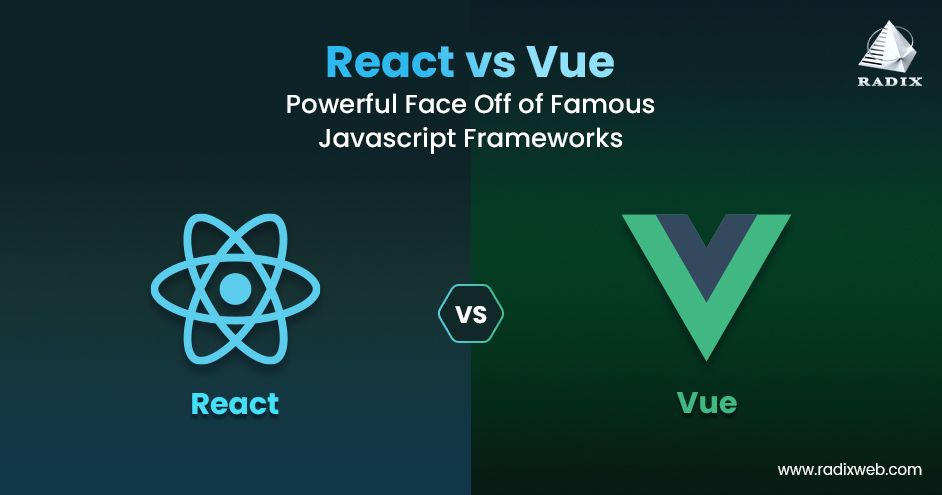Introduction
Two of the most widely utilized frontend frameworks for creating user interfaces in frontend development are React and Vue. Their design, syntax, and ecosystems are different, even if they each have advantages and disadvantages. We’ll go over the distinctions between React and Vue in this post, as well as their advantages and disadvantages.
React
Facebook developed the React library, which optimizes rendering efficiency by using a virtual DOM. Because of its reliance on a component-based architecture, complex interface management is made simpler. The widespread use of React is a result of its strong ecosystem, active community, and compatibility with various tools and frameworks.
Vue
Like React, Vue is a progressive framework that uses a virtual DOM. However, Vue adopts a simpler strategy, enabling programmers to create applications with a component- or template-based syntax. The fastest-growing ecosystem is Vue’s, with a heavy emphasis on tooling and developer experience.
**Notable Differences
Syntax: React employs JSX, while Vue uses a template-based syntax.
Architecture: Vue offers a more flexible approach, while React employs a tight component structure.
Learning Curve: Because of its more user-friendly syntax and adaptable architecture, Vue has a kinder learning curve.
Advantages and Disadvantages
React:
Pros:
Sturdy Ecosystem
Broad Community Assistance
Simple Integration with Additional Libraries
Sharp Learning Curve
Challenging Architecture
Vue:
Advantages: Adaptable Design Easier Learning Curve Integrated State Management
Cons:
Reduced Ecosystem Strength in Community Support


Leave a Reply